
Lithography is a type of graphics and a masterpiece of art
Lithography is a type of graphics based on the technique of planographic printing. The term's name comes from two Greek words, "lithos" - "stone" and "grapho" - "I write". Lithography is also used to refer to the printing technique itself and the work of art created using it.
Features of Lithography
Lithography, like engraving, is a type of print (impression on paper from a printing matrix). Both options are widely used in art, but they have a fundamental technological difference. Artistic engravings are created using relief matrices (plates), while lithographic masterpieces are produced using flat printing forms.
Lithography as a method of reproducing images is based on a chemical process of etching a solid stone surface with acids. An artist draws the image on the printing form using a special tool (lithographic pencil, ink, or brush). Then the stone is treated with a solution of acids, which react with the remains of the coloring substance on the drawn areas and form a thin layer of salt. The master then removes excess acid from the form with turpentine and applies typography ink to the stone. It adheres to the stone's surface in the areas with previously drawn images. This creates the template for the future print. Printing is carried out under pressure on a special press machine.
Types of Lithography
Gradually, with the development of printing technologies, a large number of types of lithography have emerged. Among the most well-known are:
- Autolithography. Implies creating the printing form by the author of the work themselves.
- Chromolithography. Used for printing multicolored images using separate forms for each color.
- Photolithography. Based on the property of special photosensitive materials, photoresists, to change color when exposed to light.
- X-ray, micro, and nanolithography. Modern printing technologies with high-resolution capability.
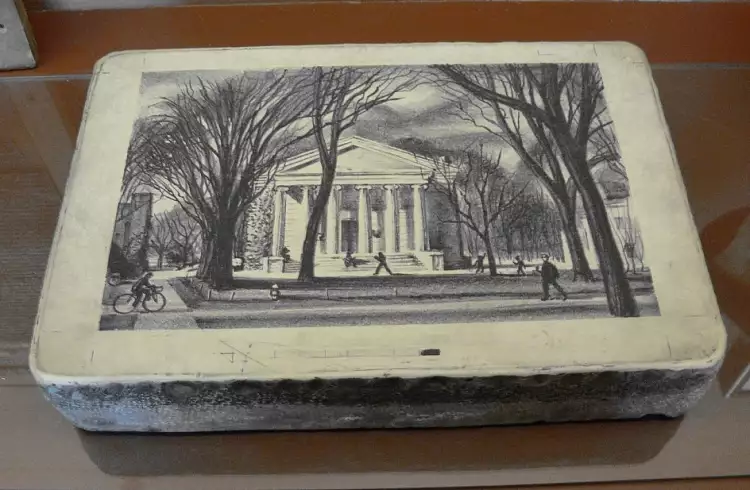 Lithography. A lithograph stone with a drawing from the collection of Princeton University Library
Lithography. A lithograph stone with a drawing from the collection of Princeton University Library
In comparison to other forms of graphics, lithography has evident advantages:
- Relative affordability. The cost of a matrix made from limestone is noticeably lower than an equivalent one made from metal or hard wood.
- Simplicity of form creation. Drawing a design on a smooth surface with a pencil is easier than carving a template on a copper plate in engraving.
- Possibility of making edits during work. An artist can easily make changes to a finished drawing at any moment (remove excess or add new details to the composition).
- Possibility of multiple form usage. For reuse, the form only needs slight efforts to resurface the stone.
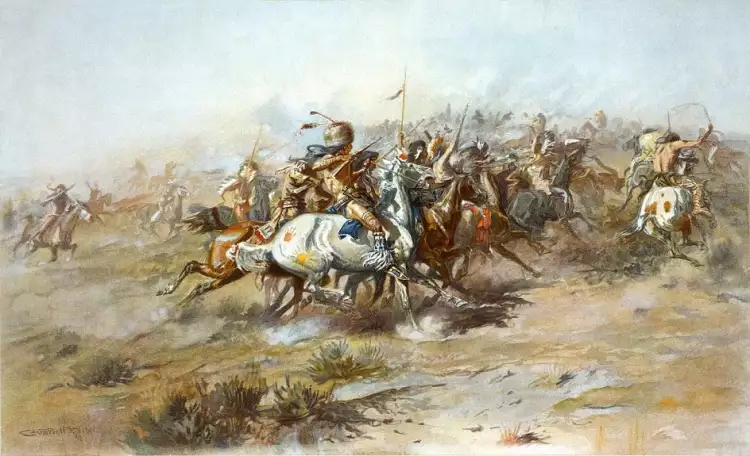 Lithography. Lithograph by Charles Marion Russell The Custer Fight
Lithography. Lithograph by Charles Marion Russell The Custer Fight
History of Lithography
Unlike engraving, which was invented back in the 15th century, the history of lithography counts just over 200 years. In 1796, Aloysius Senefelder (Johann Alois Senefelder) accidentally discovered the new technique in his small typography in Munich. He established the first lithographic workshop ten years later. This new form of polygraphy quickly gained popularity due to its low production cost compared to etching.
 Lithography. Francisco Goya. La Tauromaquia (Bullfighting)
Lithography. Francisco Goya. La Tauromaquia (Bullfighting)
Initially, it was used in book printing to create high-quality monochrome illustrations. To make colored images, illustrators had to manually color the prints with watercolors.
 Lithography. Honoré Daumier. Gargantua
Lithography. Honoré Daumier. Gargantua
In the early 1830s, in France, the technique of multicolored flat printing, chromolithography, was invented. From that time, professional artists showed significantly increased interest in it. The technology began to be widely used for creating:
- Art reproductions.
- Geographical maps.
- Advertisements and posters.
- Labels and caricatures in newspapers and magazines.
 Lithography. Odilon Redon. The Smiling Spider
Lithography. Odilon Redon. The Smiling Spider
Many prominent painters of that time turned to the classic lithographic technique:
- Francisco Goya.
- Théodore Géricault.
- Eugène Delacroix.
- Honoré Daumier.
- Paul Gavarni.
- Adolph von Menzel.
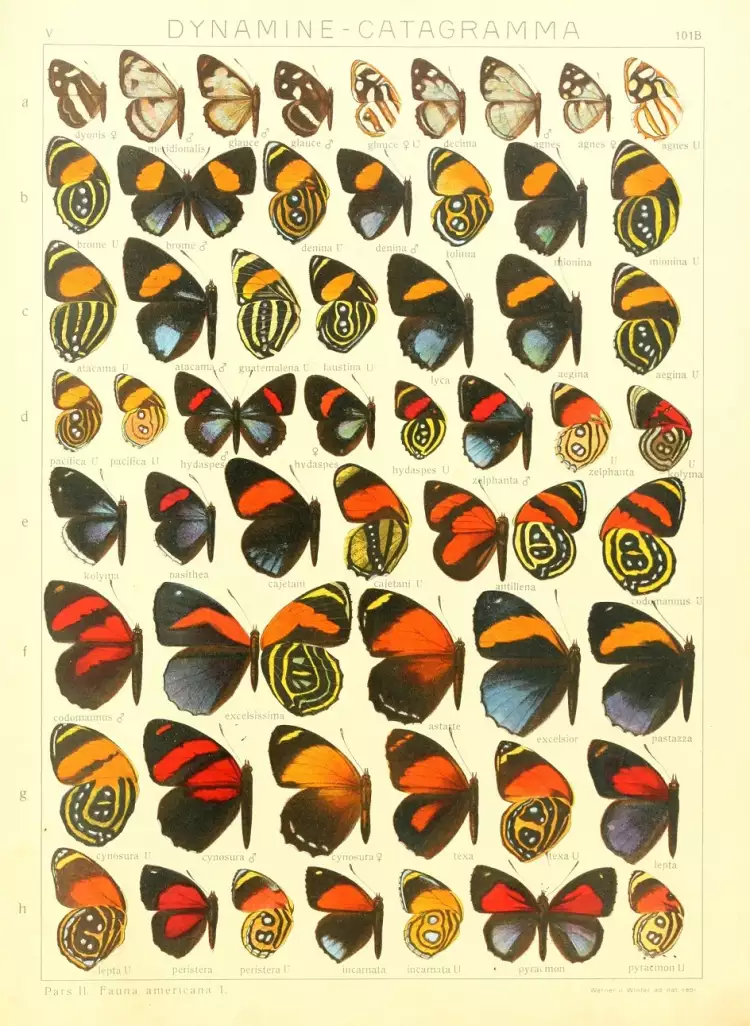 Lithography. Scientific lithograph of a butterfly of the family Macrolepidoptera
Lithography. Scientific lithograph of a butterfly of the family Macrolepidoptera
In the second half of the 19th century, lithography was often used by famous Impressionist artists in their creations:
- Edgar Degas.
- Édouard Manet.
- Pierre-Auguste Renoir.
- Jacob Abraham Camille Pissarro.
- Odilon Redon.
By the end of the 19th century, a new breath of life was brought into the development of the popular graphic form by the founder of the modern poster, Jules Chéret. In his workshop, he perfected the flat printing technique and learned to make two prints with different colors from a single stone simultaneously. At that time, the brilliant ability to create posters by Henri de Toulouse-Lautrec was astonishing, and other masters of the poster also thrived:
- Théophile-Alexandre Steinlen.
- Eugène Grasset.
- Albert Guillaume.
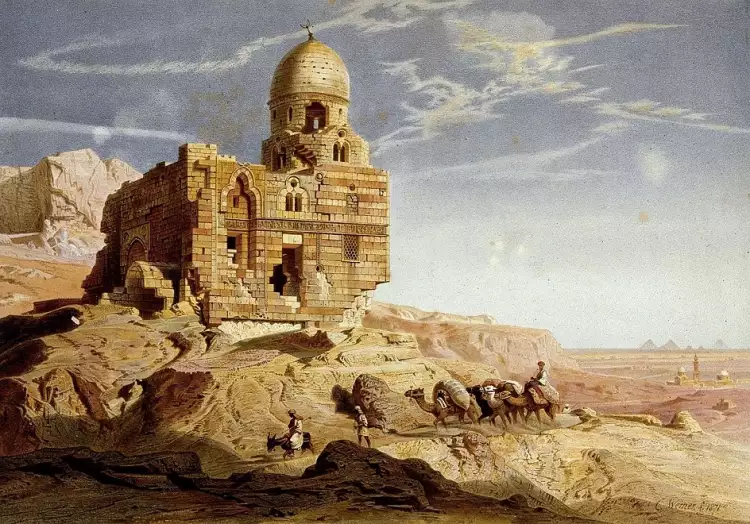 Lithography. Colour lithograph of the 19th century Tombstone of Sultan Warsbey
Lithography. Colour lithograph of the 19th century Tombstone of Sultan Warsbey
In the 20th century, with the development of new painting mediums, the emergence of revolutionary styles and movements, lithography gradually lost its popularity among artists. However, exceptional figures in the art world occasionally turned to it in their creations:
- Henri Matisse.
- Joan Miró.
- Marc Chagall.
- Grant Wood.
- Alphonse Mucha.
- Pablo Picasso.
- Robert Rauschenberg.
- David Hockney.
In modern times, artists rarely use traditional lithographic techniques to create works. Most contemporary artists prefer simpler painting and graphic mediums in their creations.
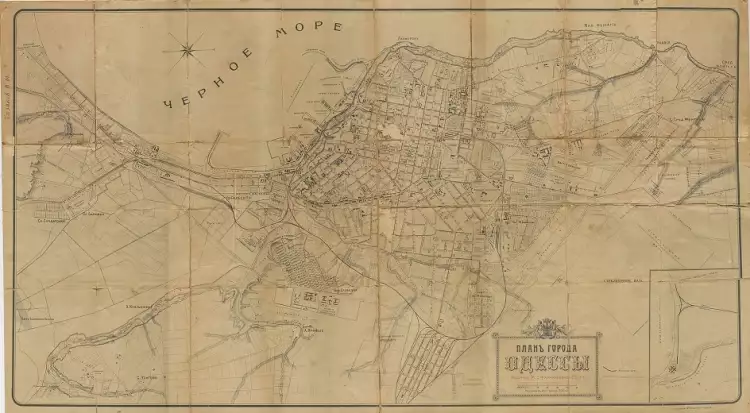 Lithography. Plan of the city of Odessa, 1919
Lithography. Plan of the city of Odessa, 1919
The Very Important Lot portal offers visitors from all corners of the world a unique opportunity to participate in online auctions to acquire masterpieces of world culture. On the website, you can also directly purchase paintings by contemporary artists.
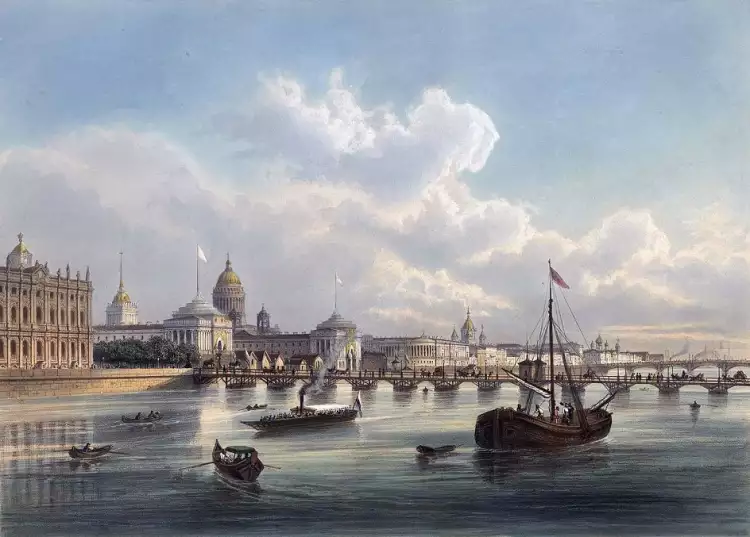
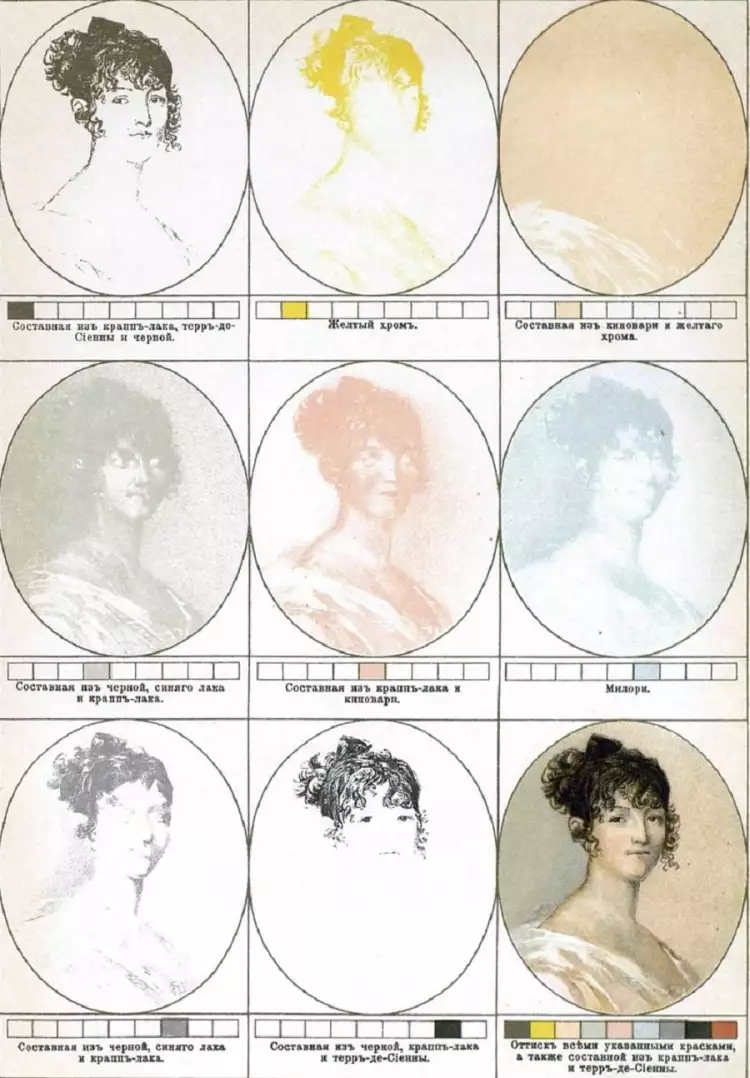
 Caravaggio was a brilliant painter, an art innovator, and a thorough rebel
Caravaggio was a brilliant painter, an art innovator, and a thorough rebel 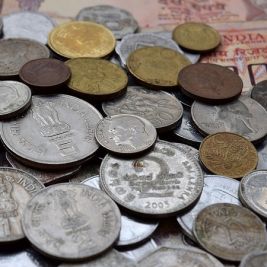 Numismatics is a serious scientific discipline or enthusiastic collection of ancient coins
Numismatics is a serious scientific discipline or enthusiastic collection of ancient coins 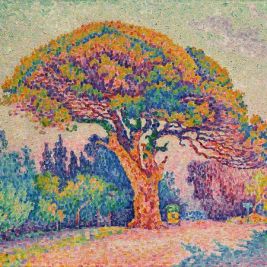 Post-Impressionism is a joyful and unconventional style in painting
Post-Impressionism is a joyful and unconventional style in painting  Sheffield silver - exquisite beauty, accessible to ordinary people
Sheffield silver - exquisite beauty, accessible to ordinary people  Art: its essence, types, genres, and history
Art: its essence, types, genres, and history  Jazz Style in Interior Design - Creative Legacy of the "Roaring Twenties"
Jazz Style in Interior Design - Creative Legacy of the "Roaring Twenties" 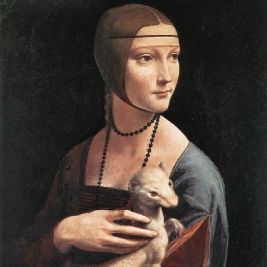 The top 10 most famous Italian artists - the greatest masters of painting in Italy of all time
The top 10 most famous Italian artists - the greatest masters of painting in Italy of all time  The painting "In the Orchard" by Laura Knight is a joyful hymn to the sun and summer
The painting "In the Orchard" by Laura Knight is a joyful hymn to the sun and summer  English Silver Tableware - History, Fashion, and Styles
English Silver Tableware - History, Fashion, and Styles 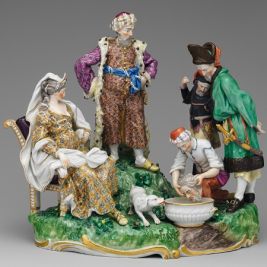 Frankenthal Porcelain: a rarity worthy of museum collections
Frankenthal Porcelain: a rarity worthy of museum collections